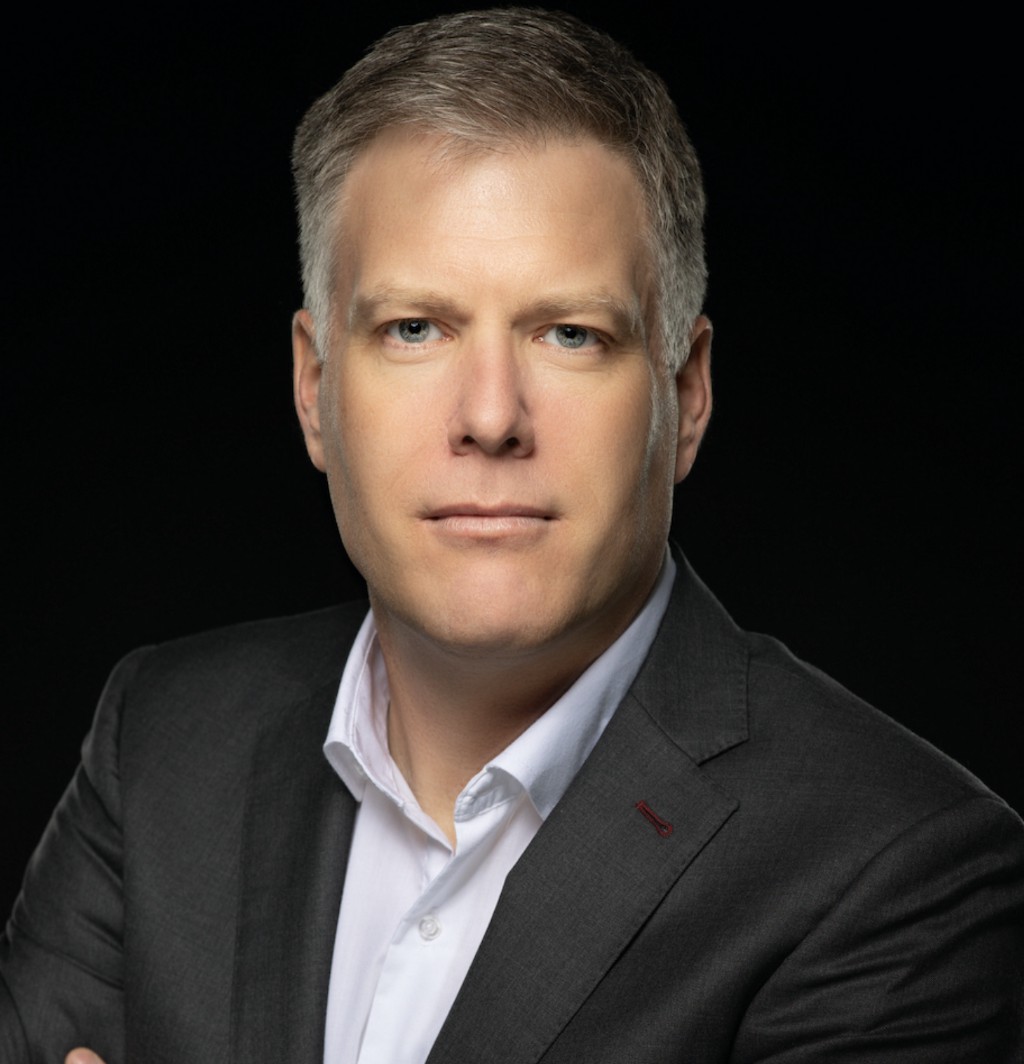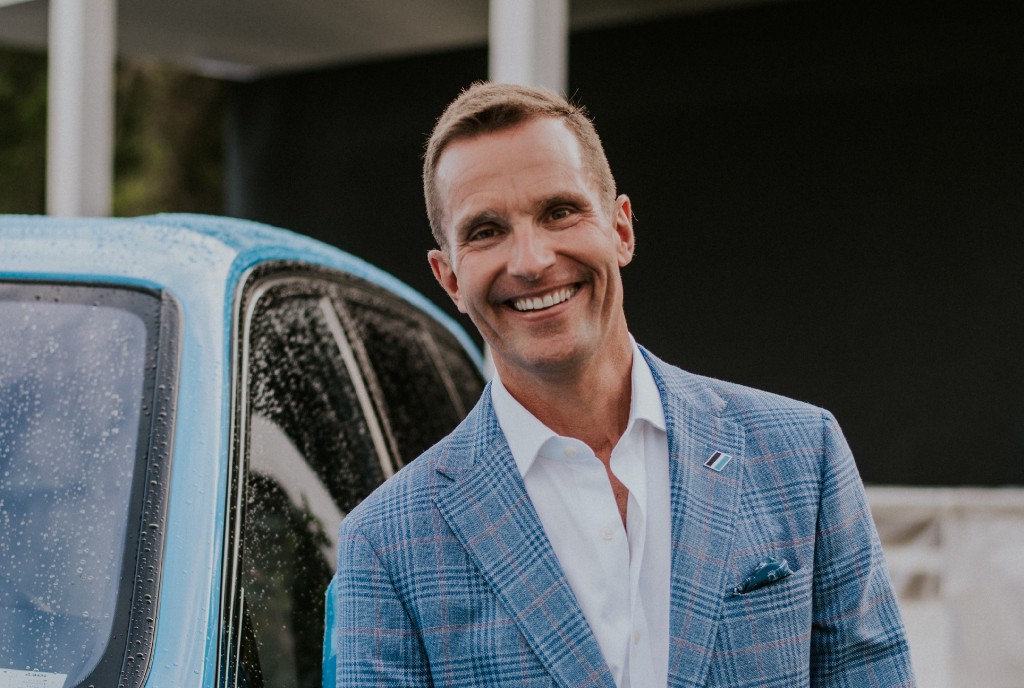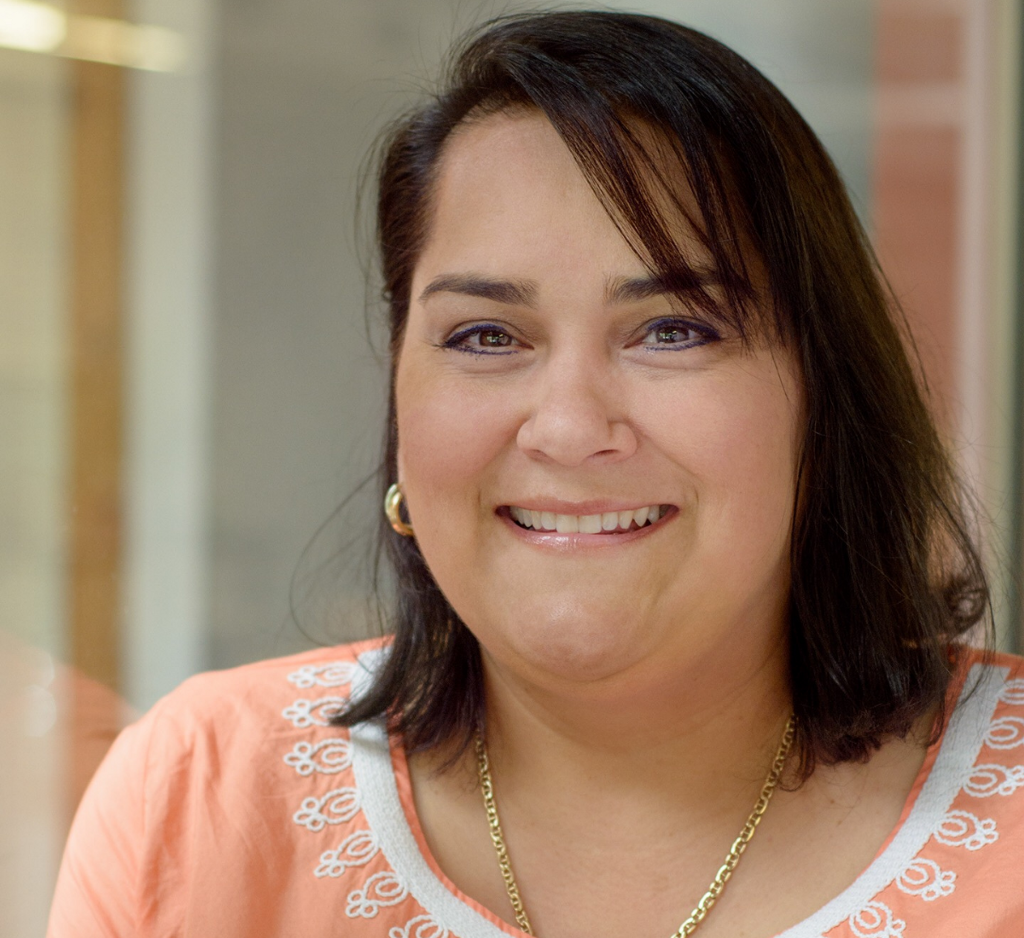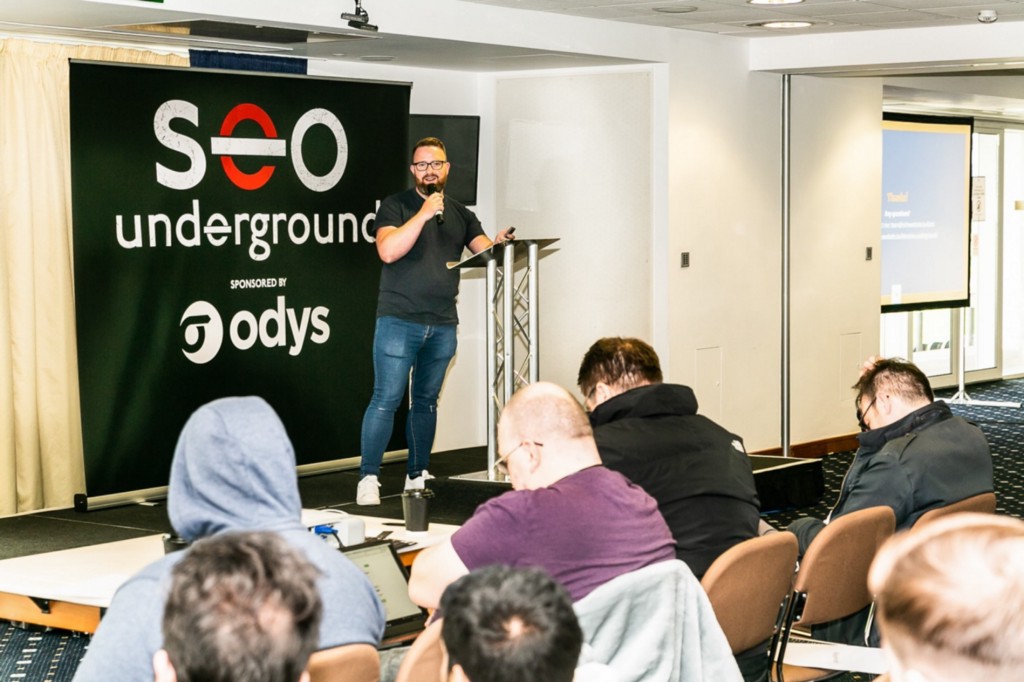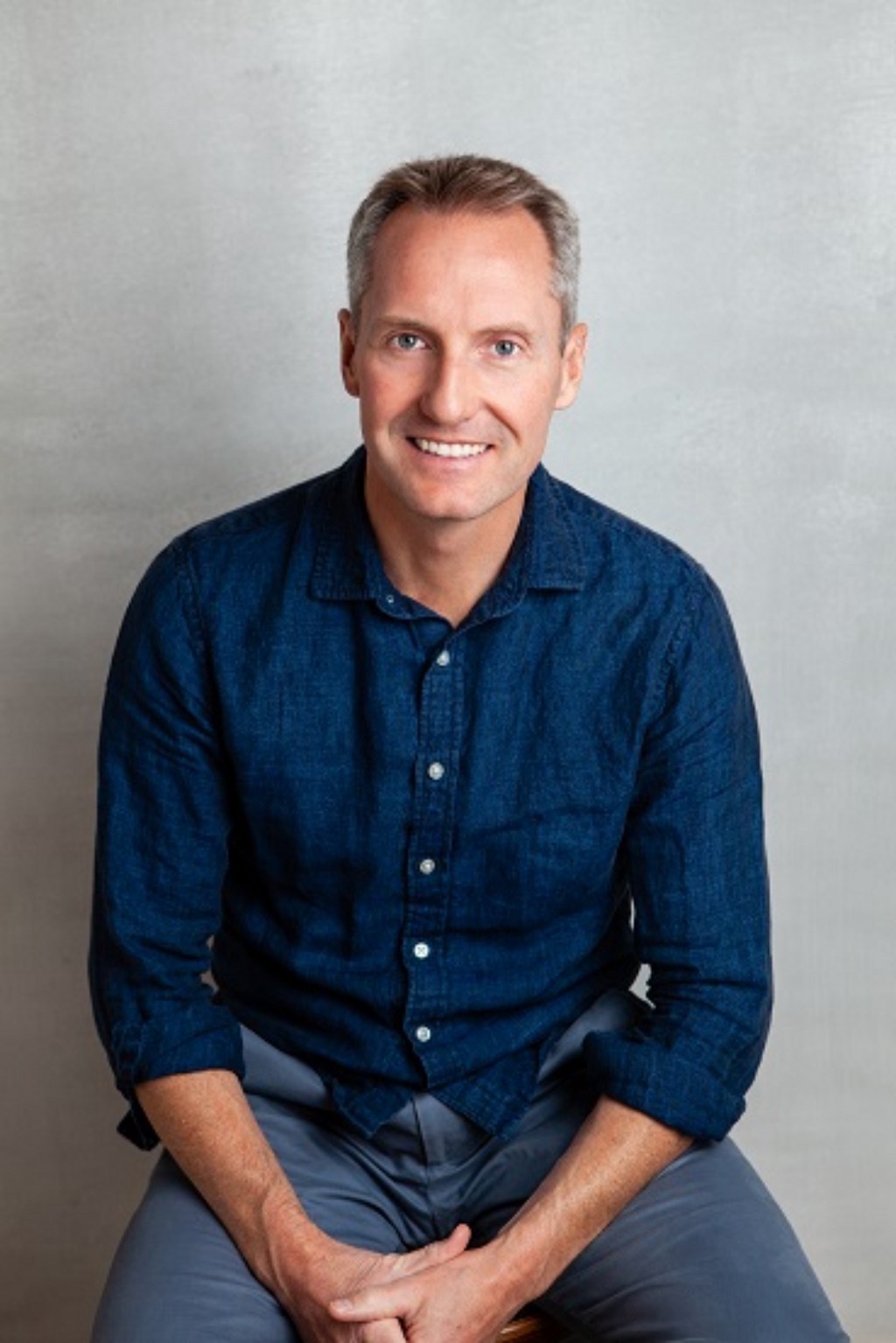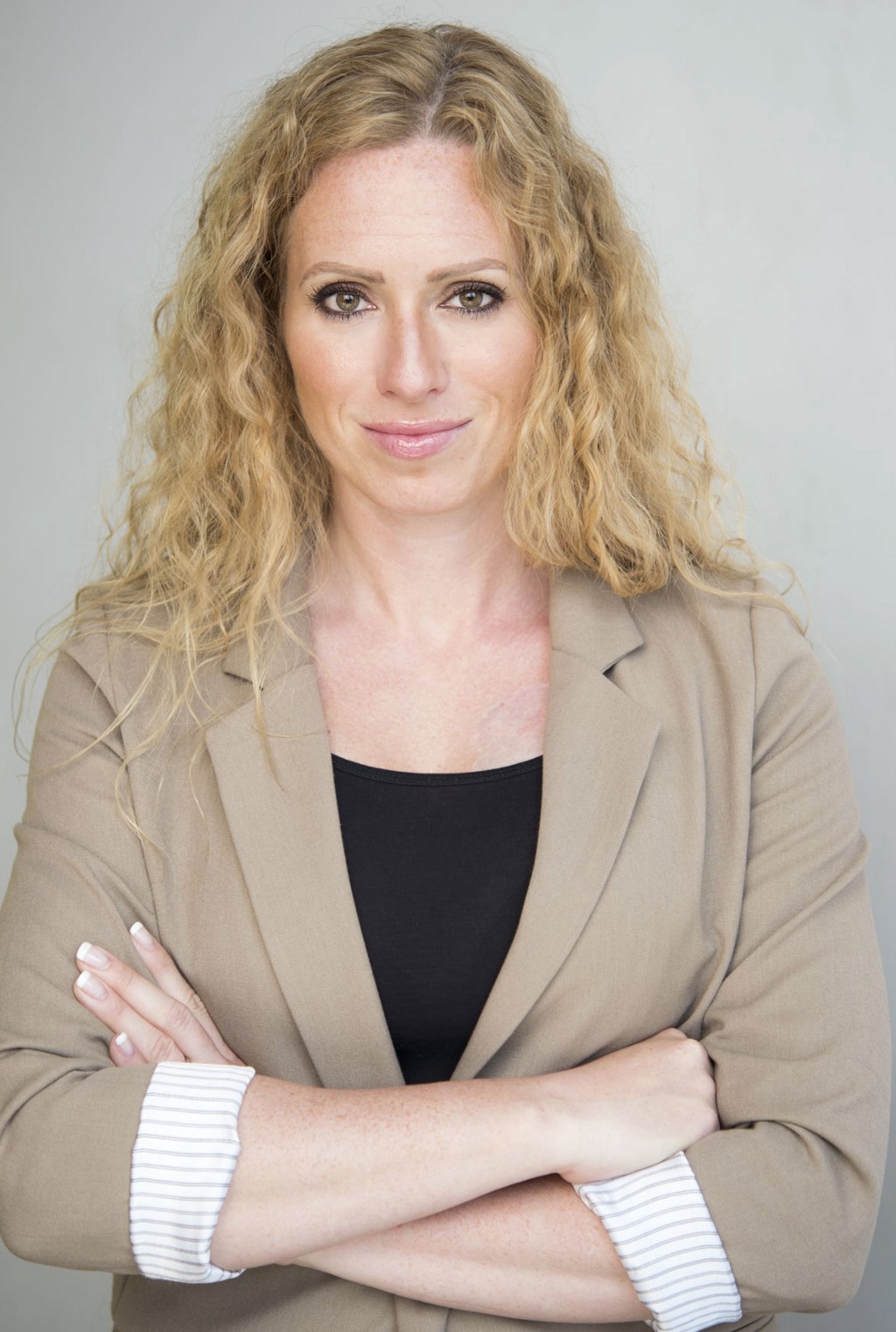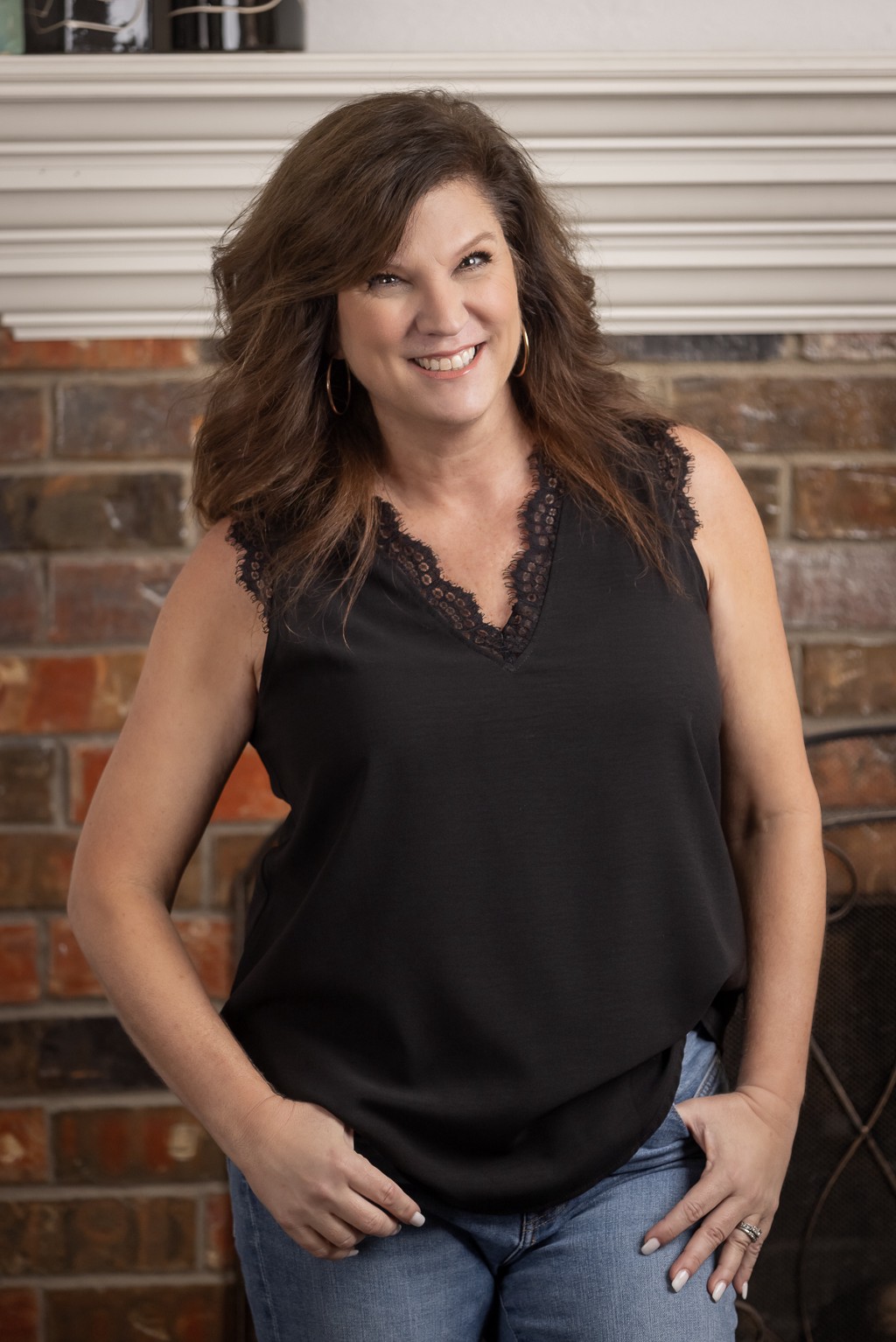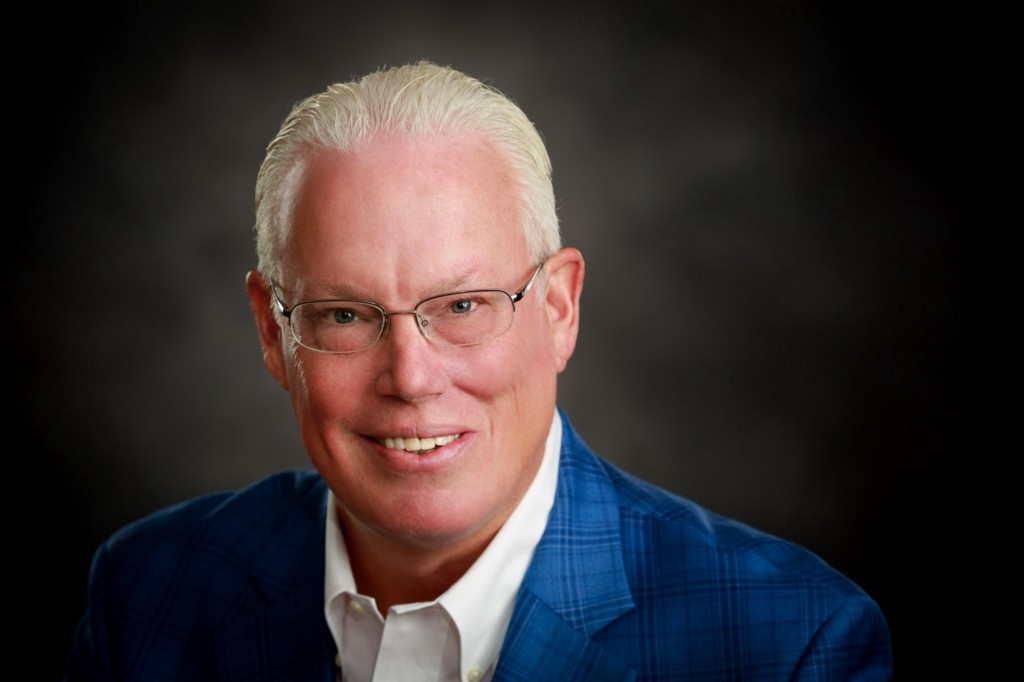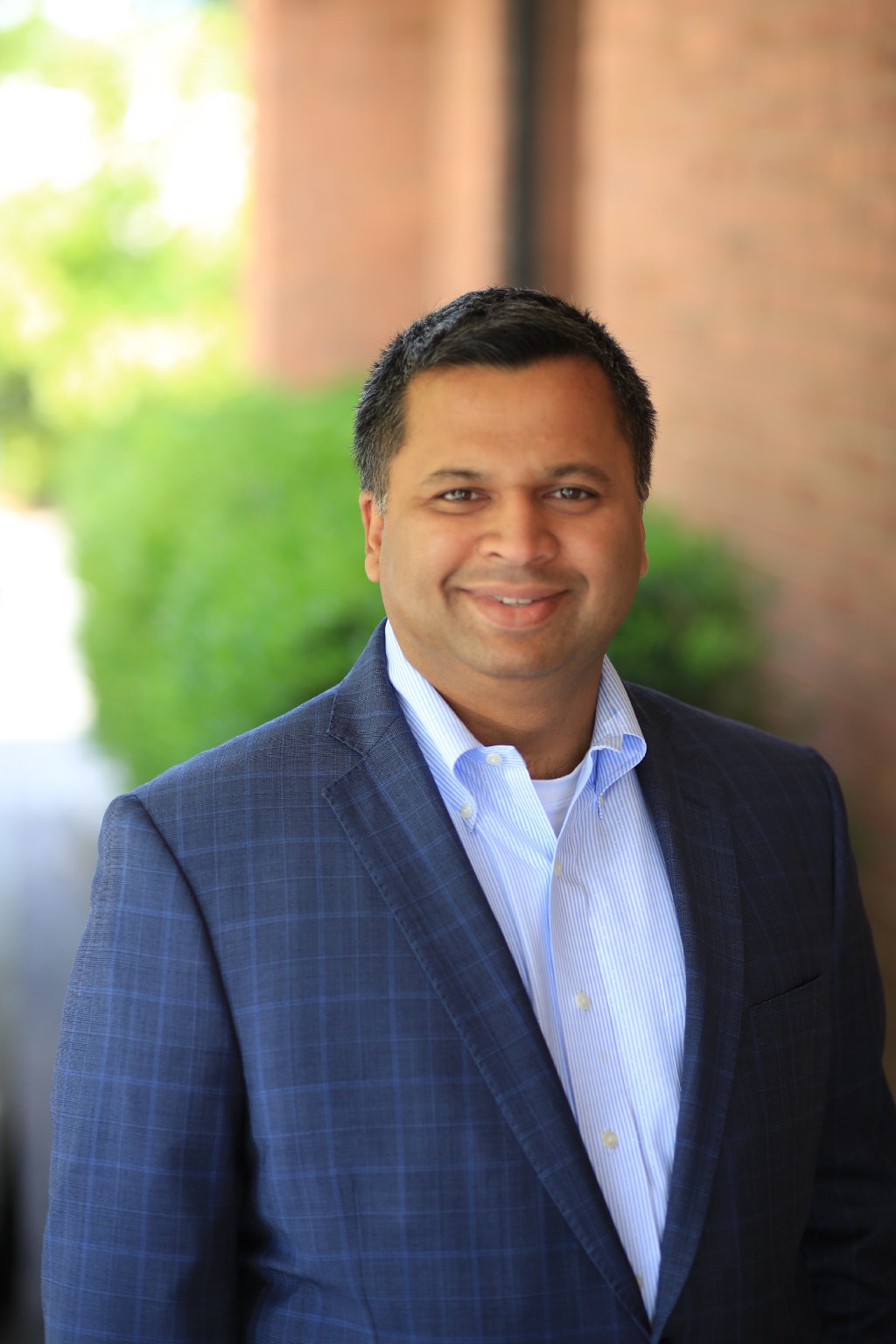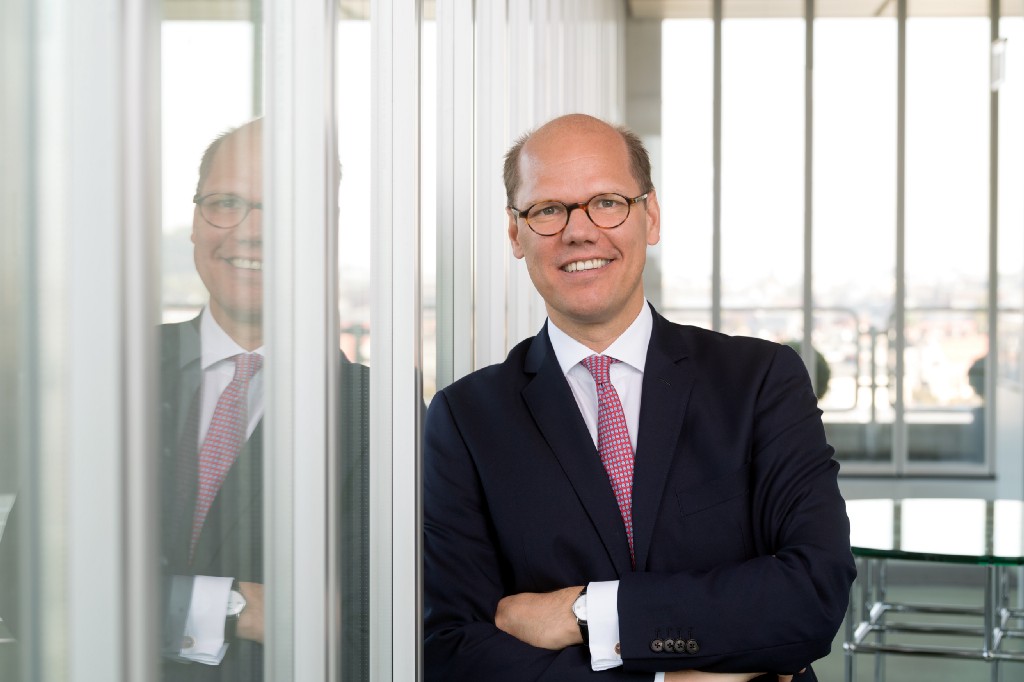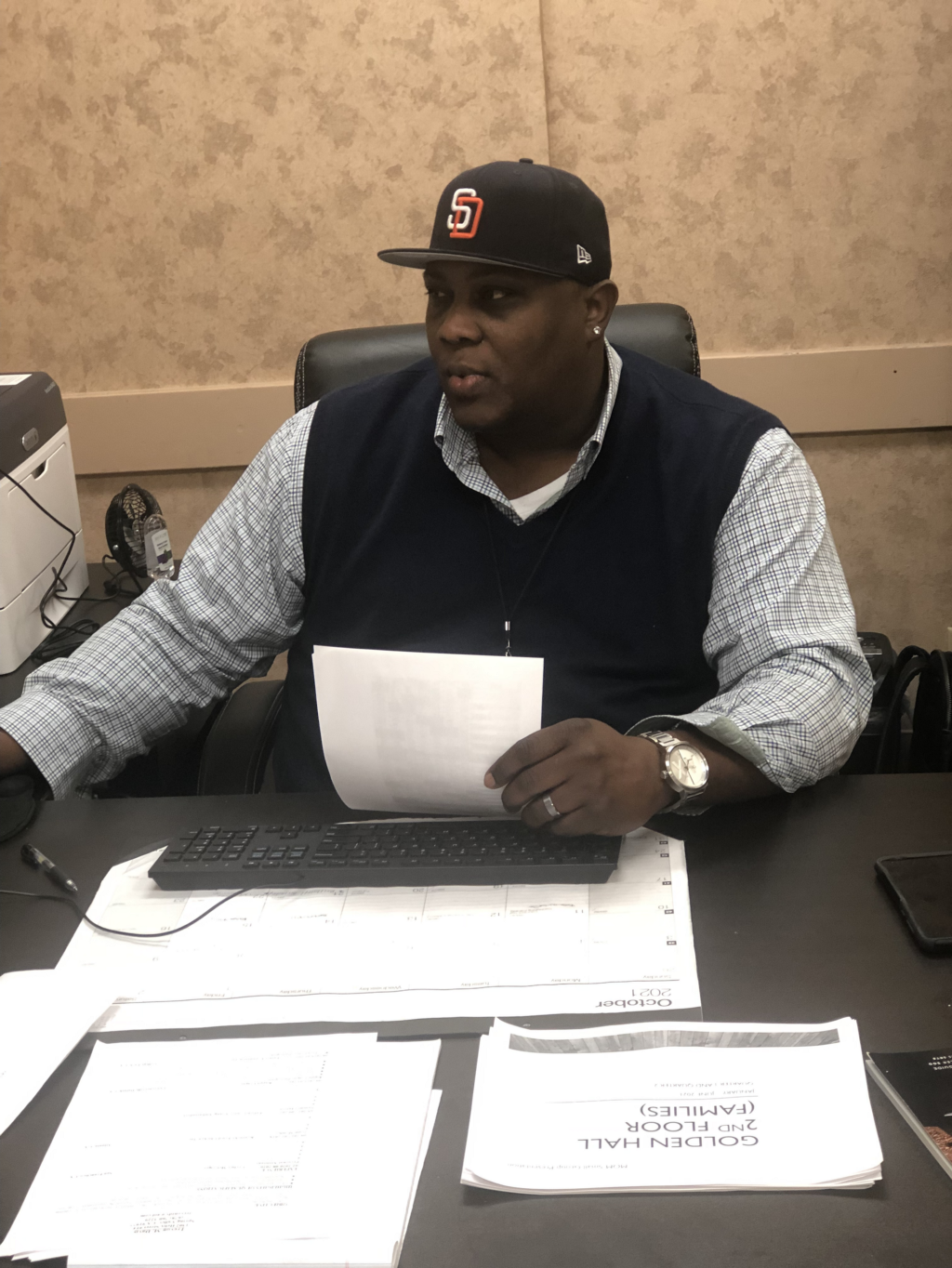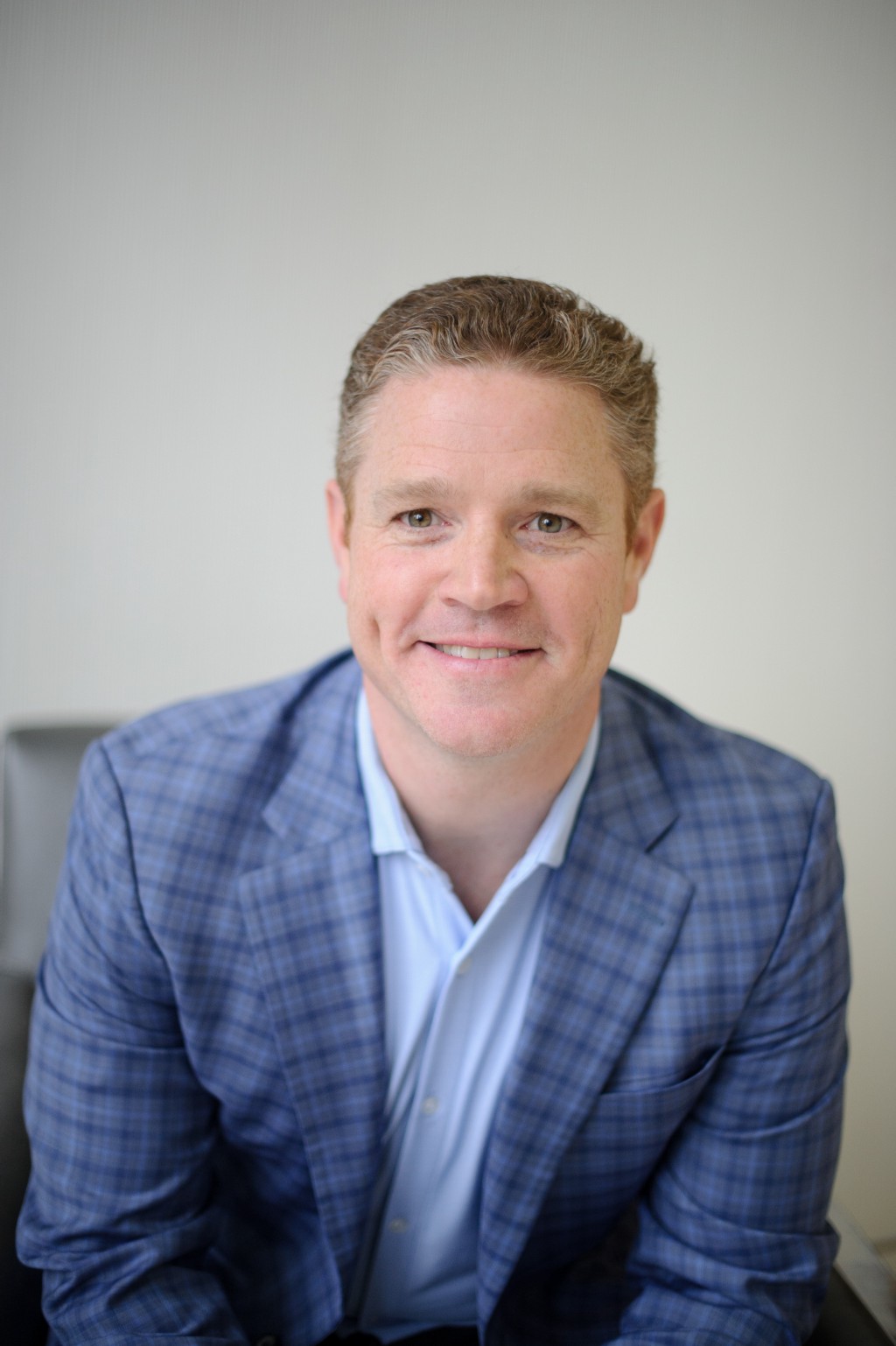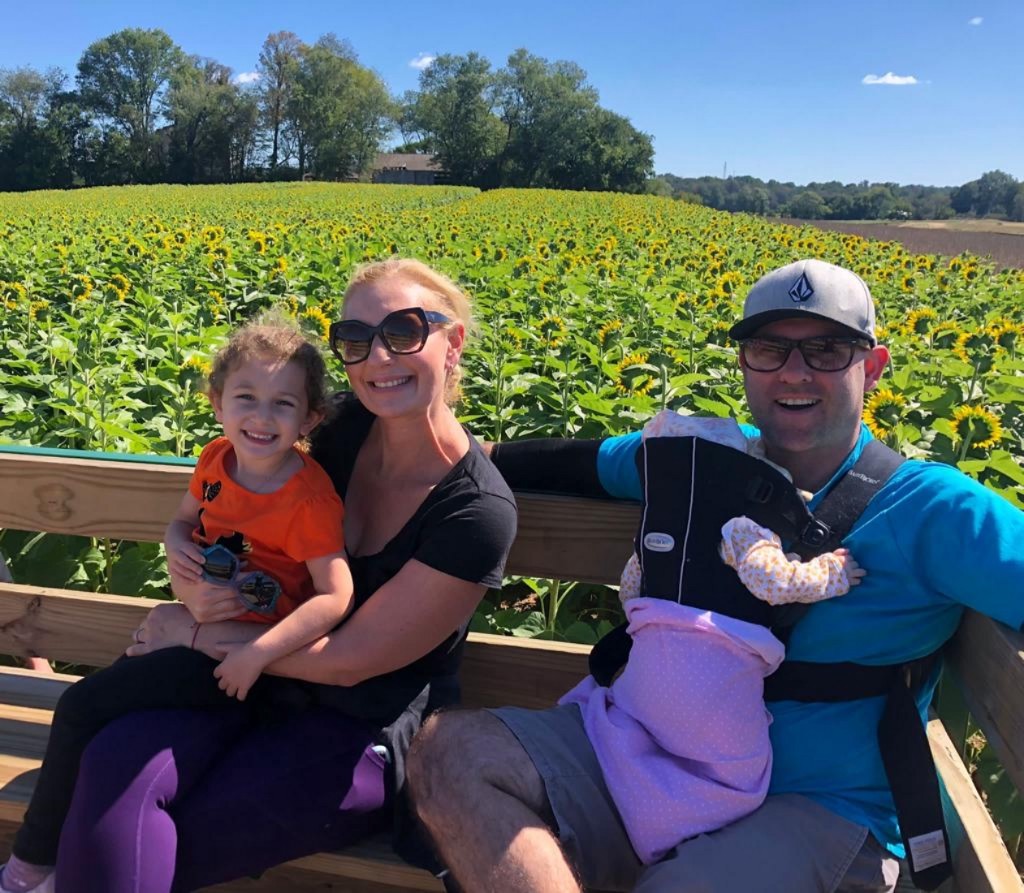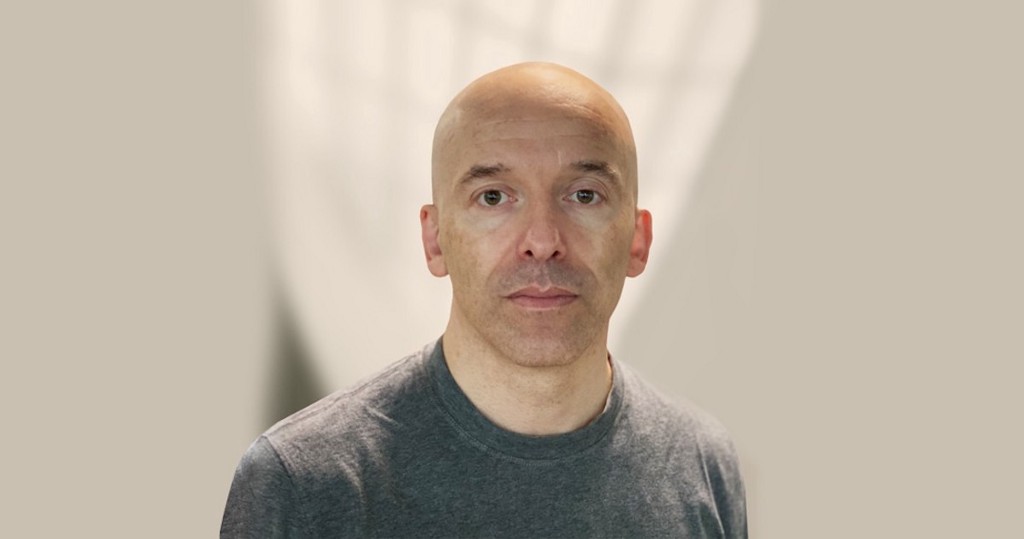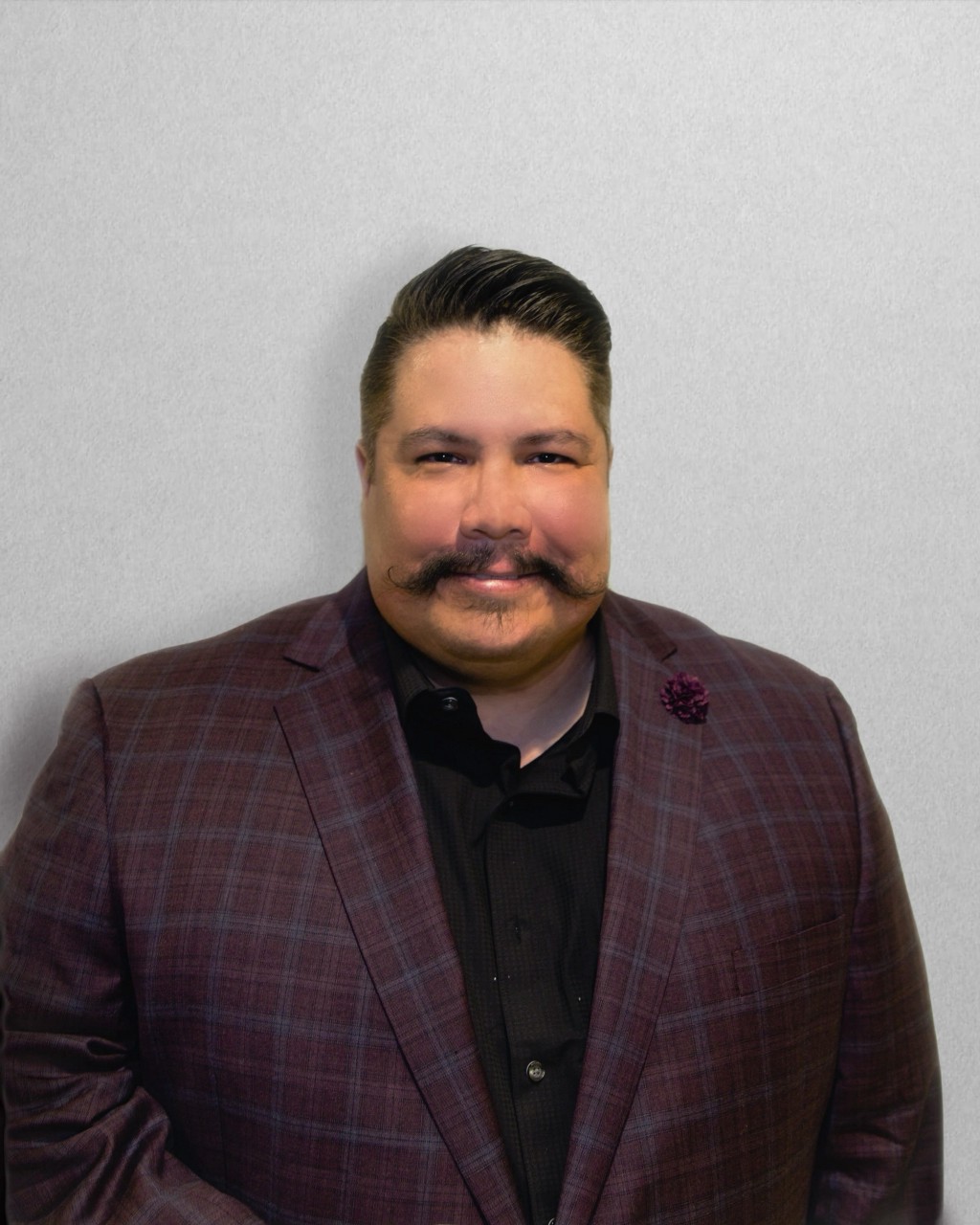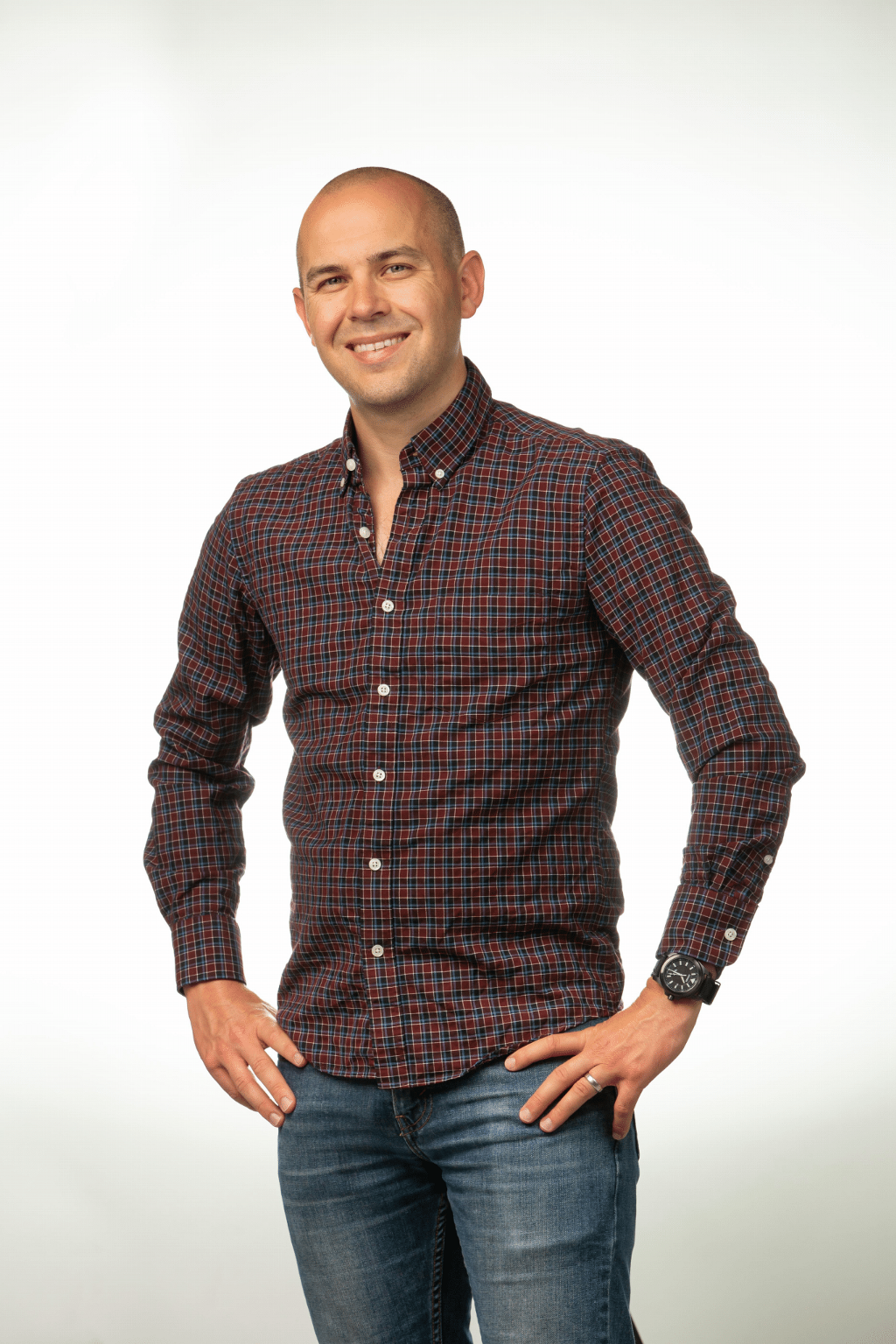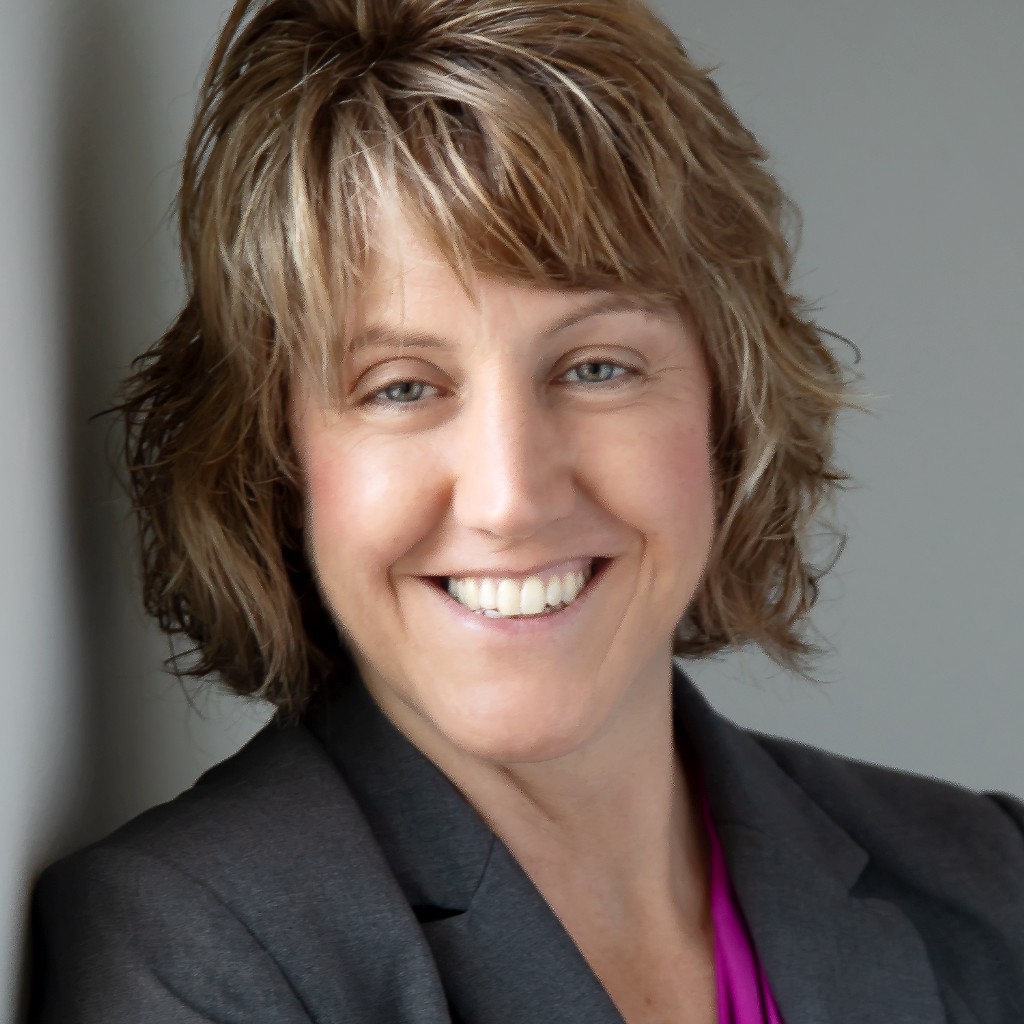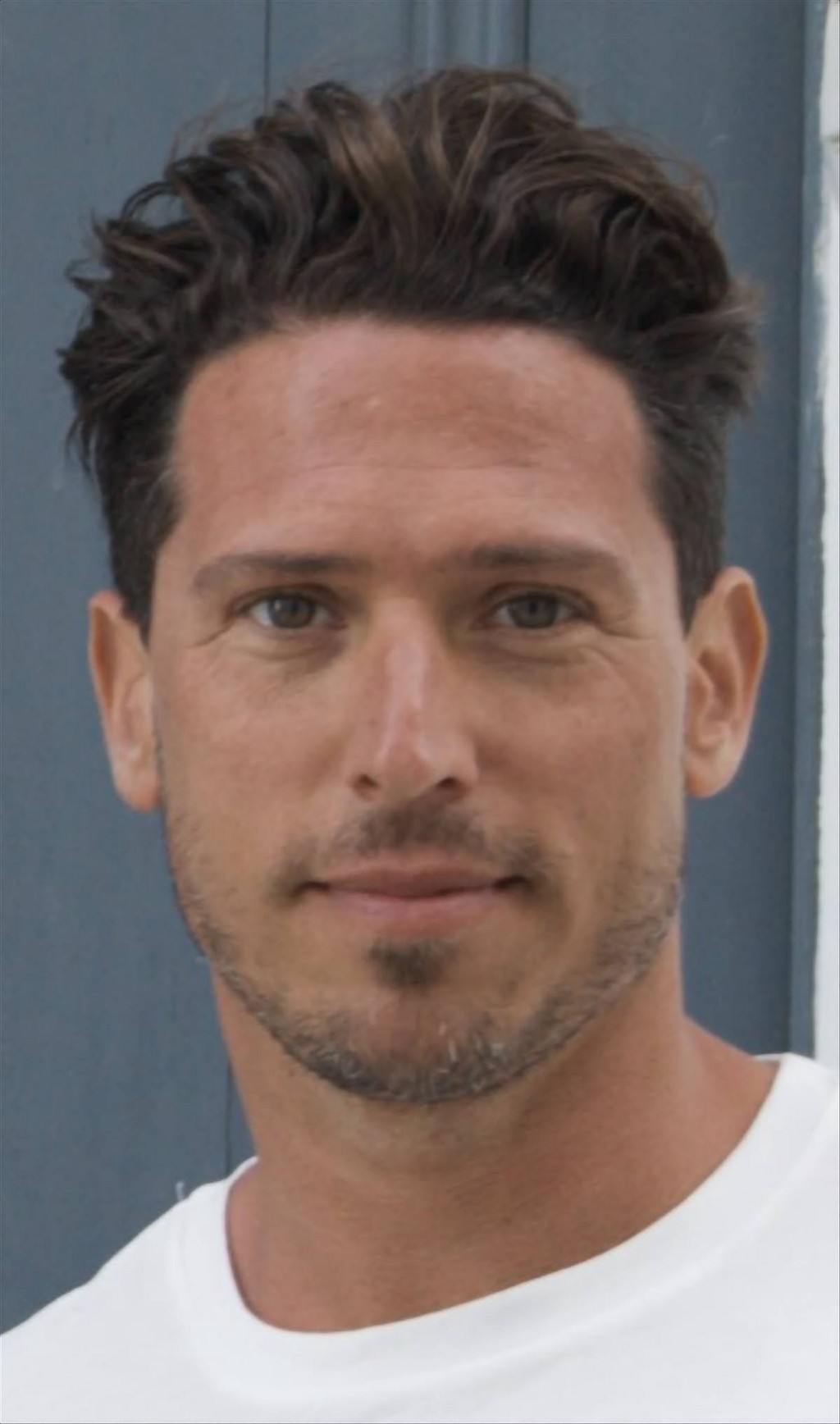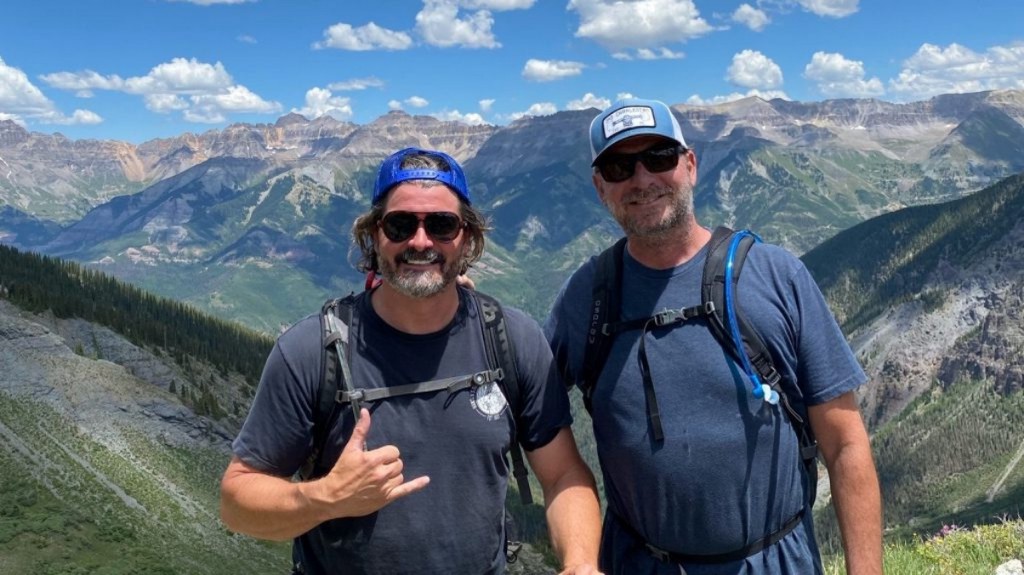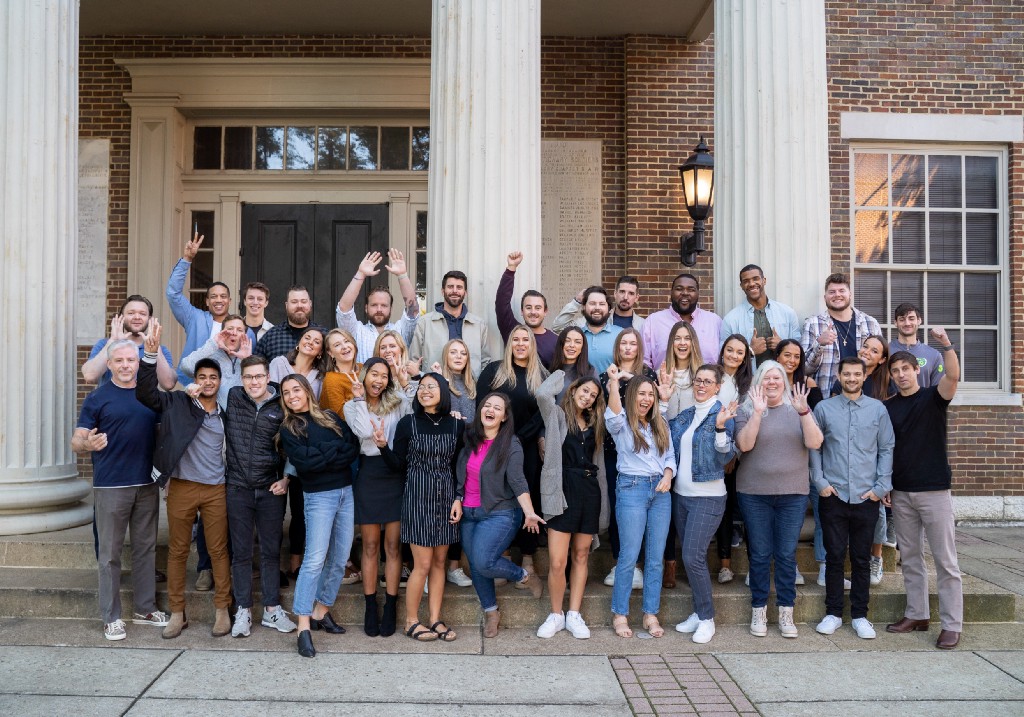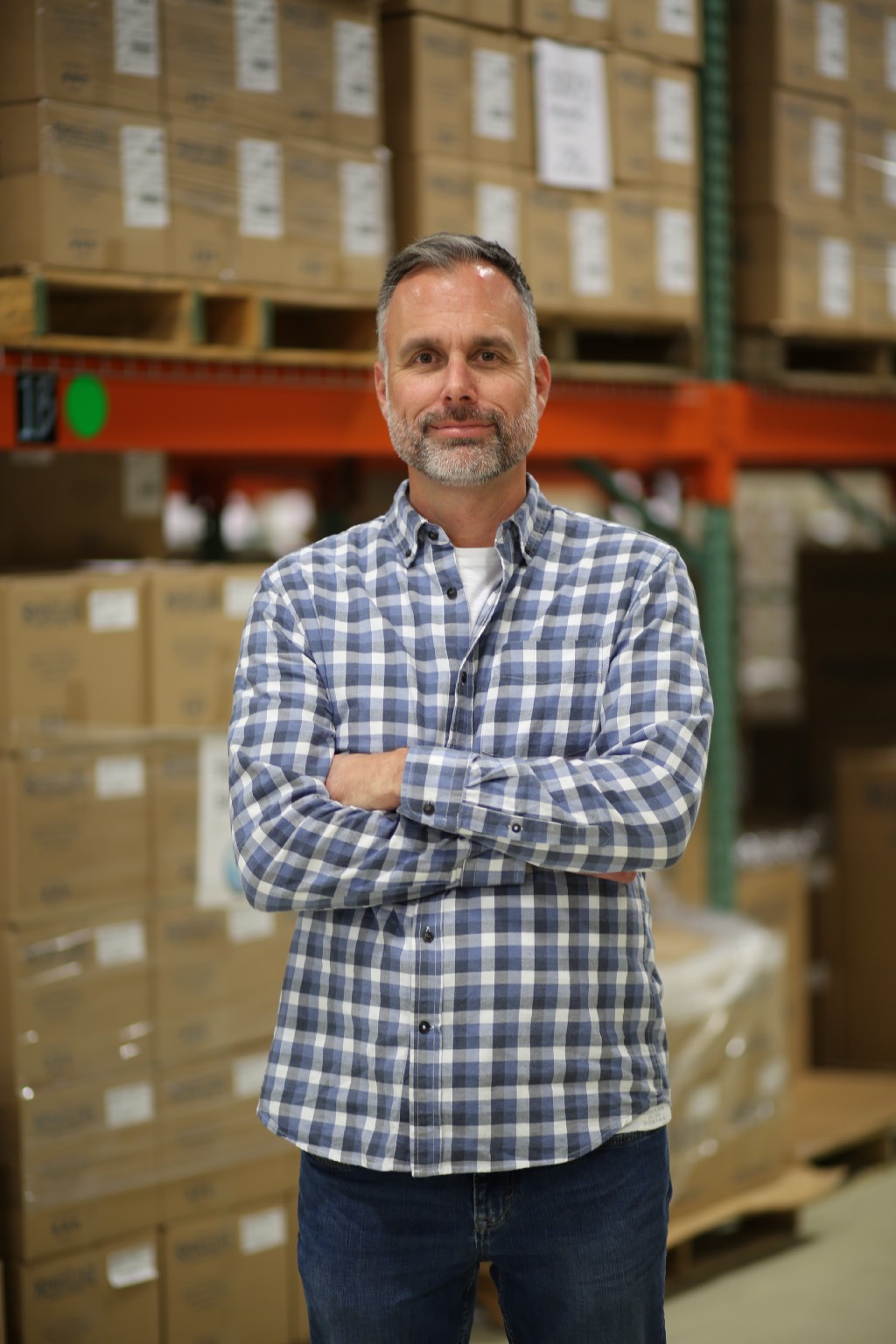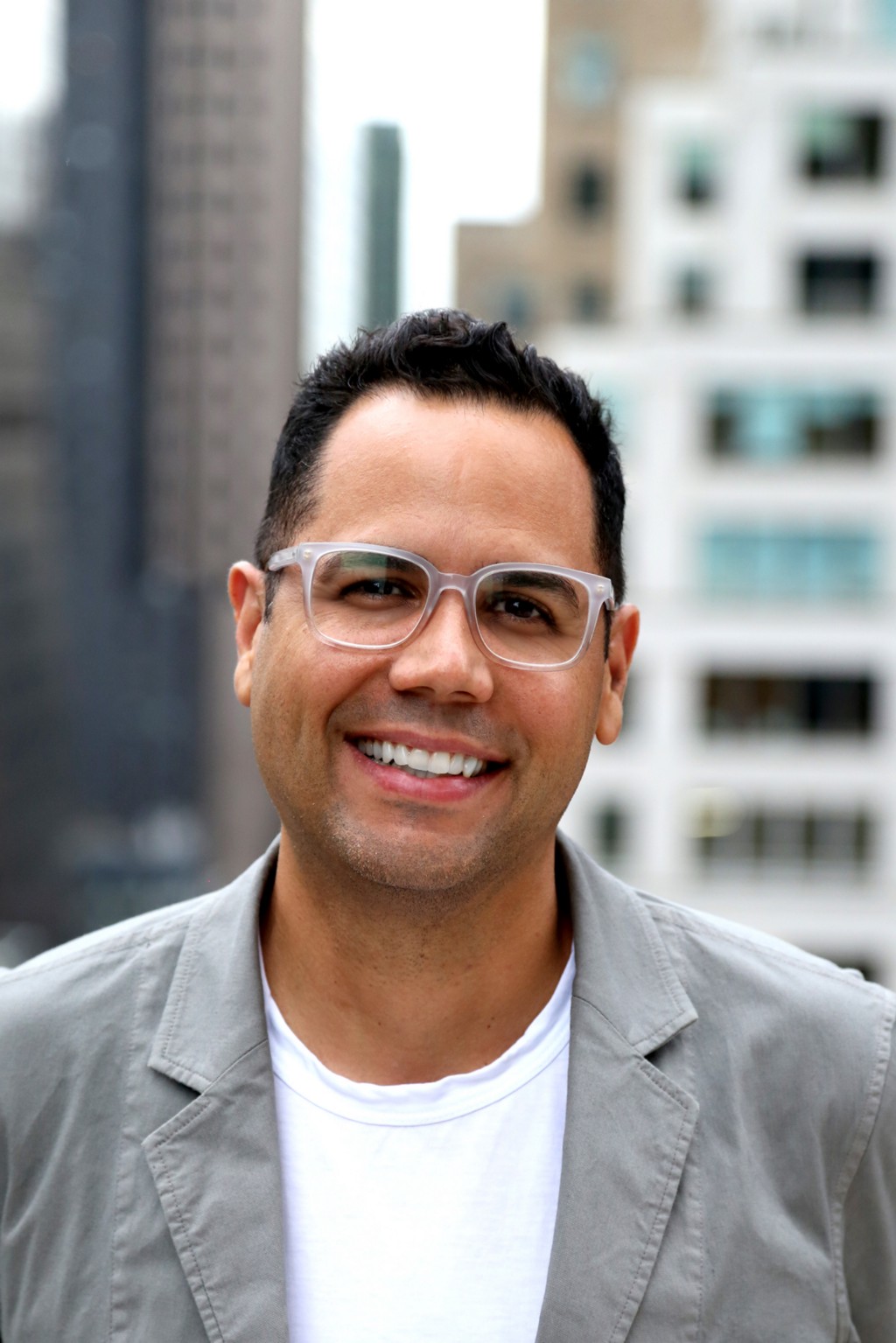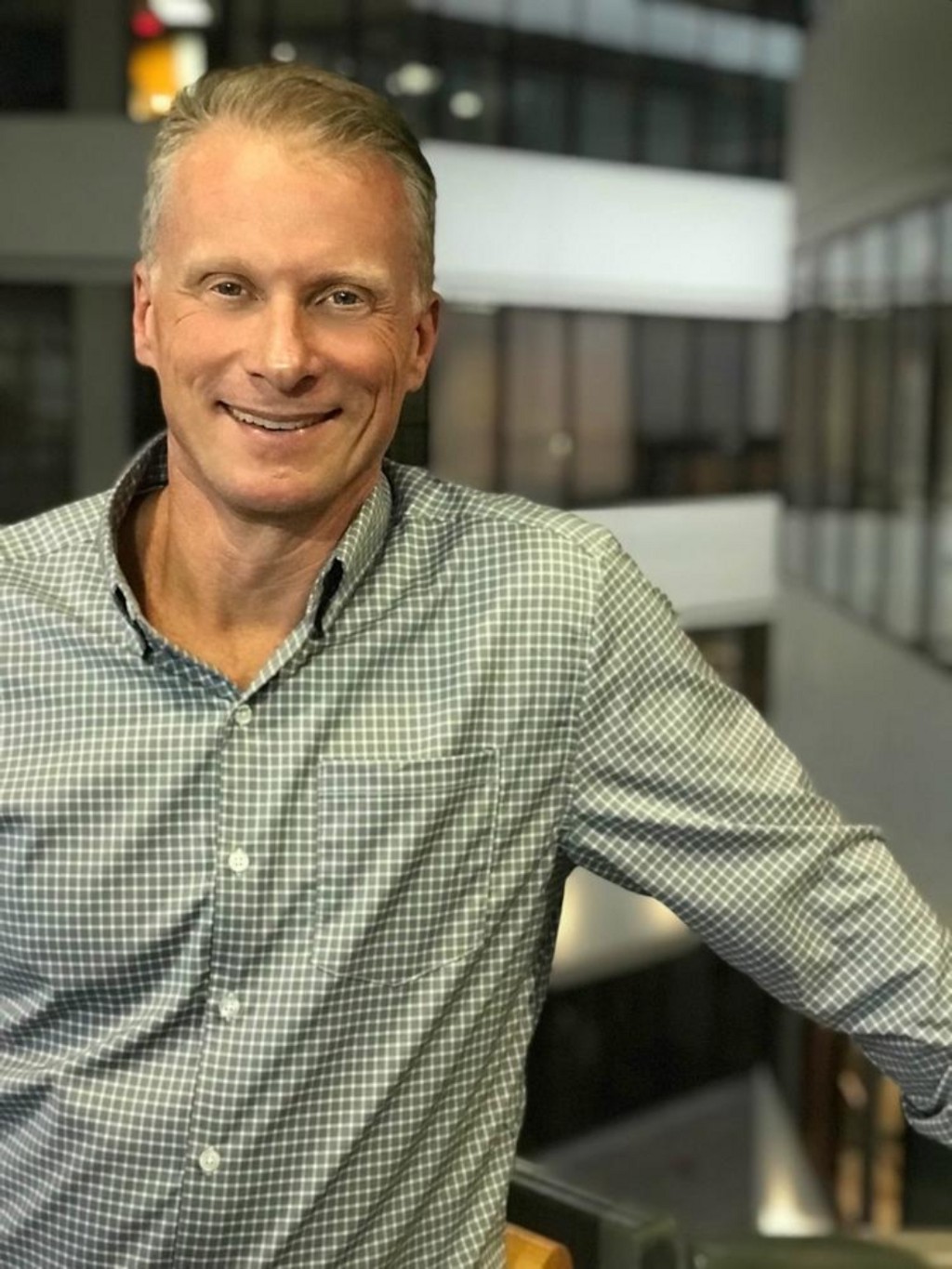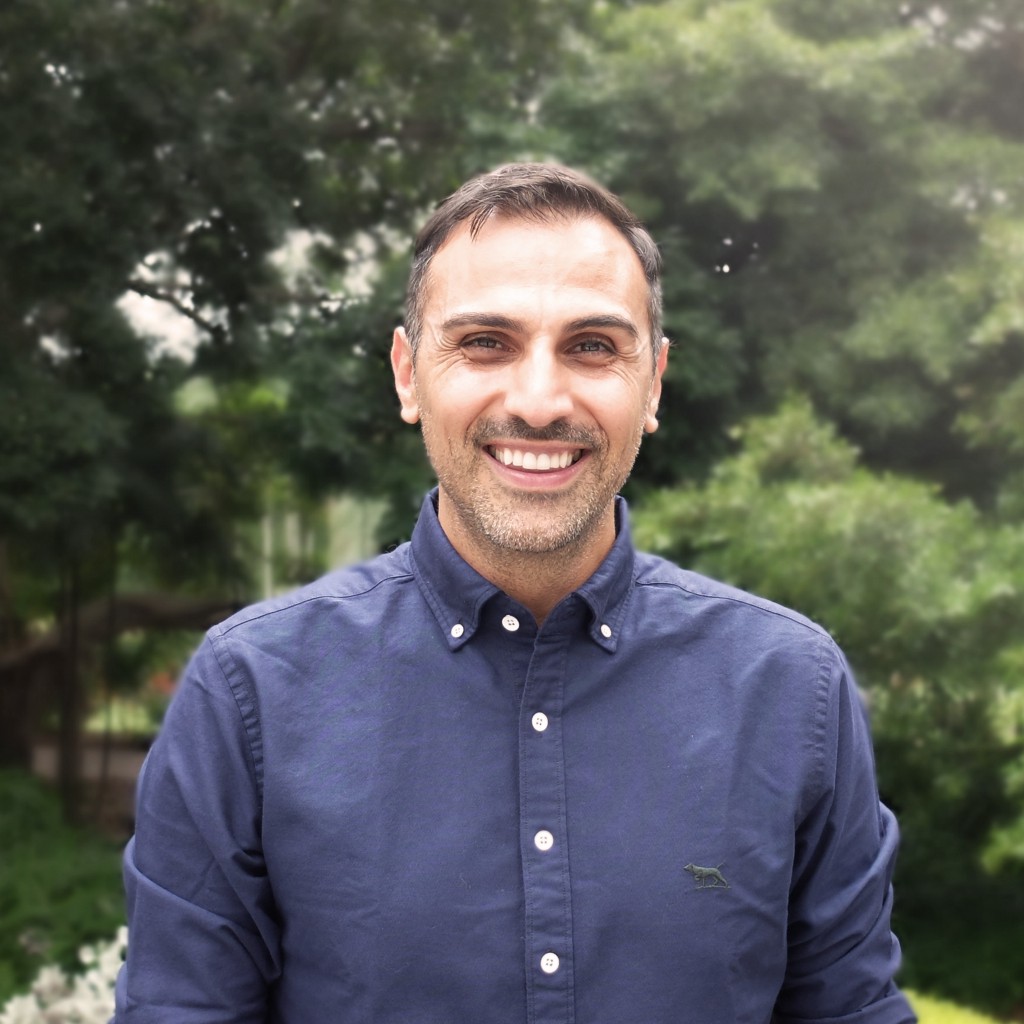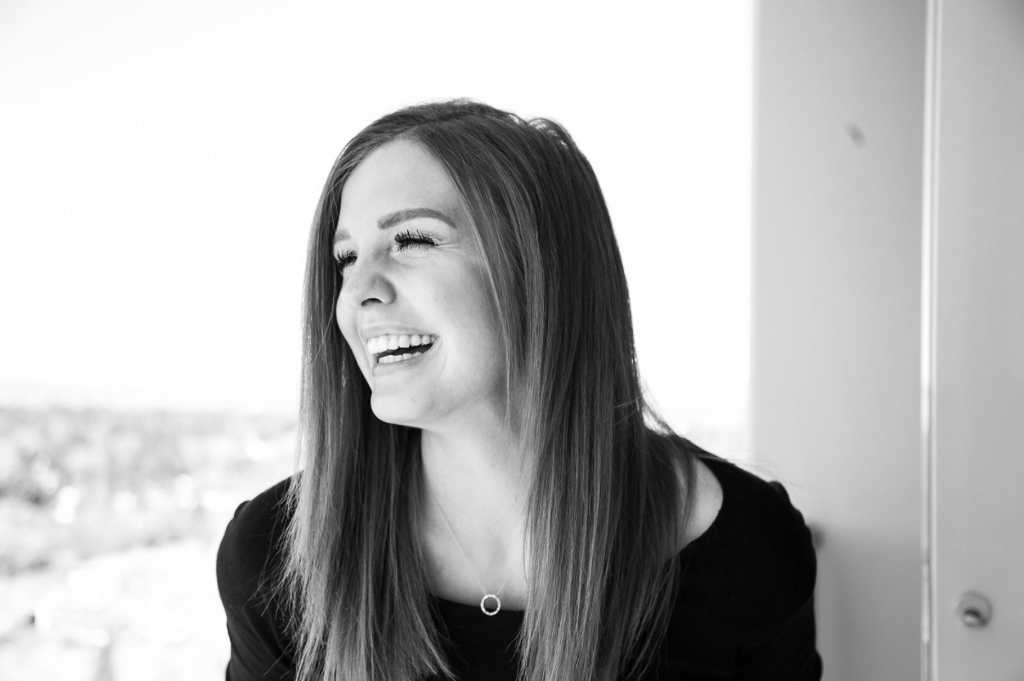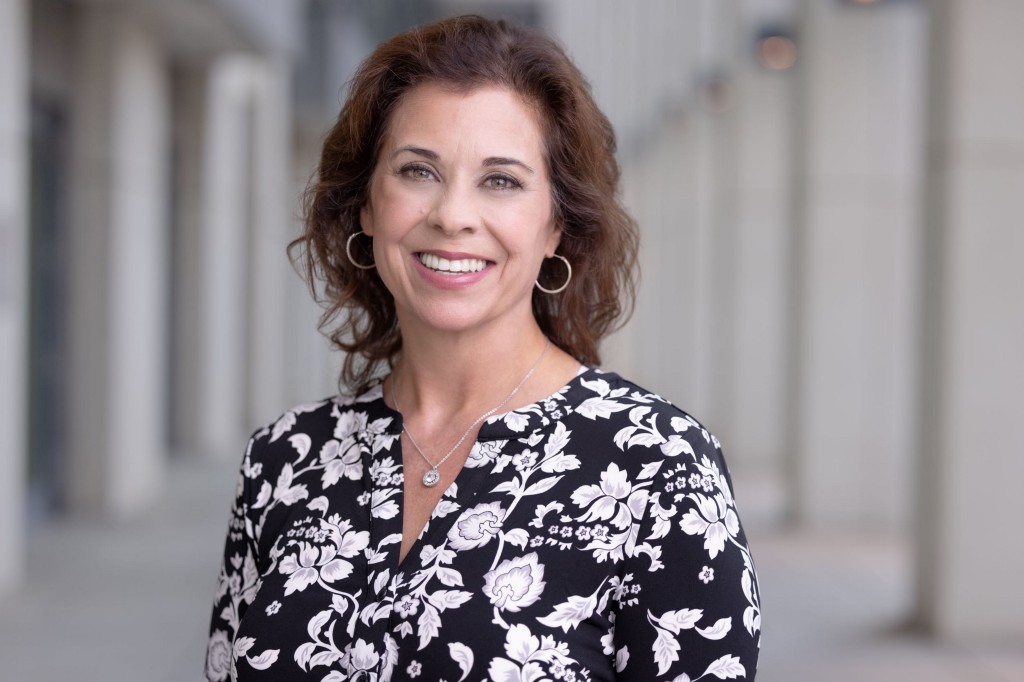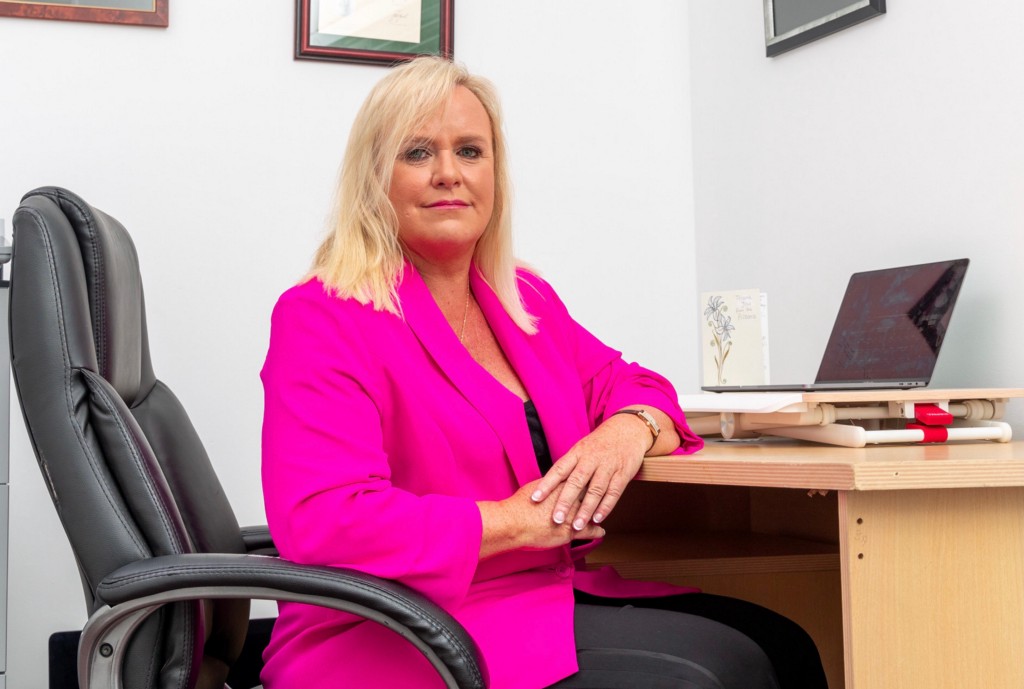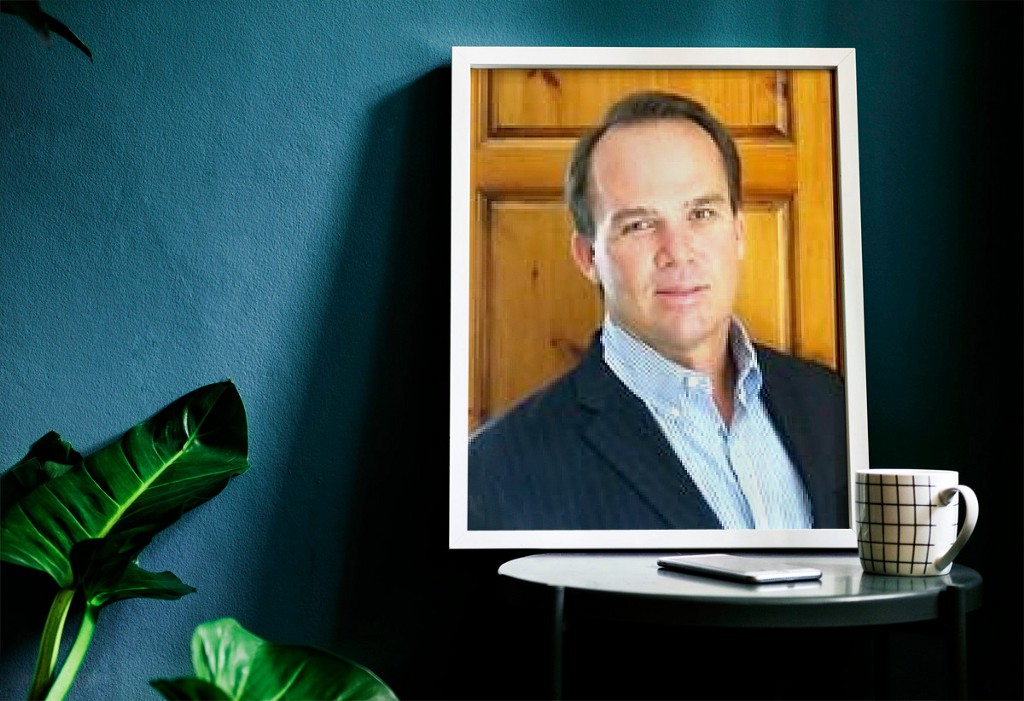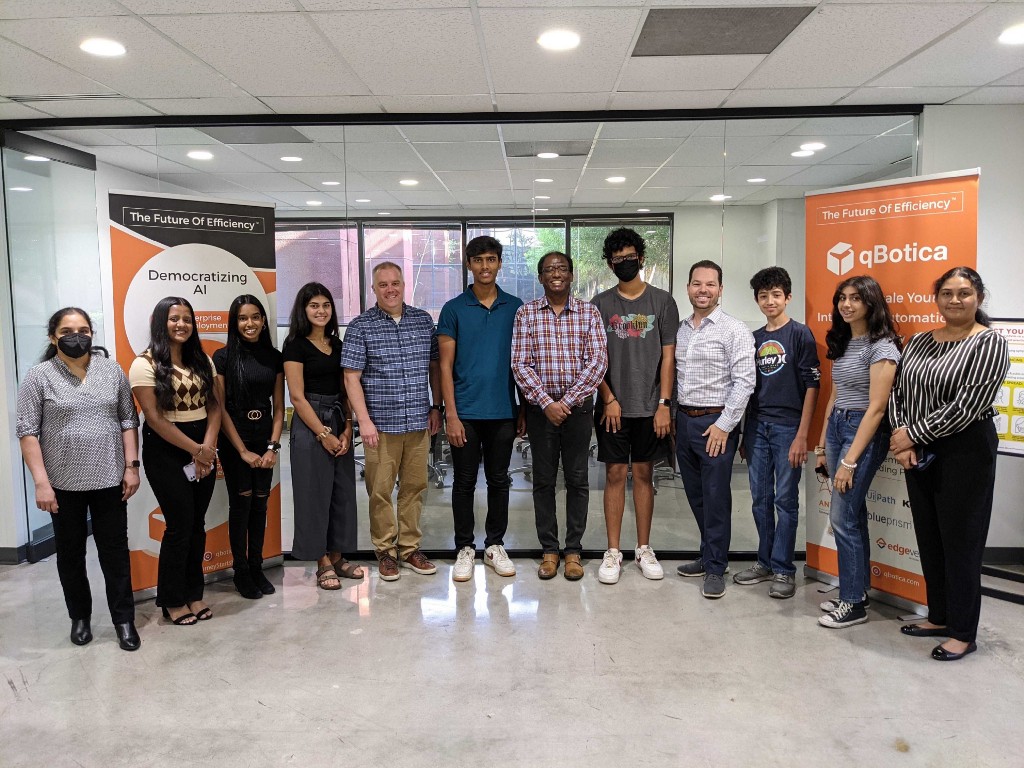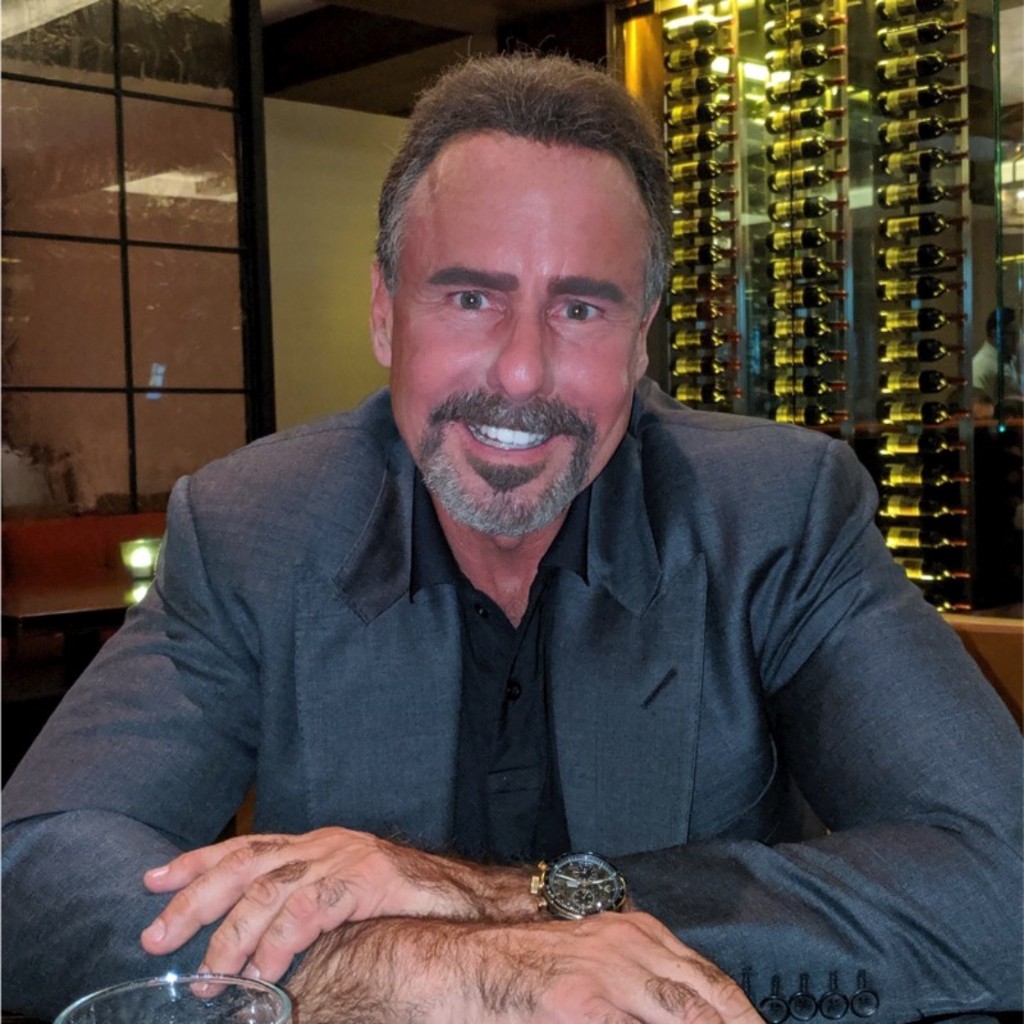Simon Kardynal Of Trench Leadership: Five Things You Need To Be A Highly Effective Leader During Turbulent Times
An Interview With Fotis Georgiadis
Be empathetic: It’s easy to be a leader when the team is cohesive and the company is healthy. It’s when things start to break down, or the leader the leader becomes personally or professionally stressed, that leaders need to exercise their emotional intelligence and be empathetic of their teams concerns and feelings, even if the leader doesn’t agree.
As part of our series about the “Five Things You Need To Be A Highly Effective Leader During Turbulent Times”, we had the pleasure of interviewing Simon Kardynal.
Simon is the host of Trench Leadership: A Podcast From the Front that brings together diverse and passionate leaders to support and inspire emerging leaders. Through conversation and story-telling, Simon and his guests talk everything from workplace culture to hard chats to personal leadership brands, offering advice, insight, and practical tools to new and leaders-to-be.
Simon’s journey to becoming a podcast host started back in 1994 when he joined the Canadian Army as an infanteer. Later on, Simon joined the Royal Canadian Air Force (RCAF) as an aircraft structures technician, and it was in this trade when he would eventually begin his formal leadership journey by being promoted into the first levels of leadership in the Canadian Armed Forces command structure. In 2011, Simon became an aircraft maintenance superintendent and he began to switch his leadership focus from the tactical level to the strategic and institutional levels.
In 2021, Simon completed a Master of Arts in Leadership from Royal Roads University and he has undergone many formal and informal leadership training programs.
It was during his graduate studies when he was introduced to ‘new to him’ leadership principles and practices and where he embraced the concept of heart-brain-centric leadership. He also realized that to be a truly passionate leader, he needed to follow his own passions, and so, in January 2021, and with 26 years of service, Simon retired from the RCAF as a Master Warrant Officer.
Simon spends his time running more often, riding his motorcycle (never enough), and flying airplanes as often as his budget and the weather will allow. But most often, Simon can be found in his office, building connections with like-minded leaders as he creates content for his podcast.
Thank you so much for your time! I know that you are a very busy person. Our readers would love to “get to know you” a bit better. Can you tell us a bit about your ‘backstory’ and how you got started?
I covered portions of my backstory in my bio, but I’d like to expand on how I came to making a podcast. There are two instances that led to me becoming a podcast host.
The first is that I watched the movie, Knight and Day, starring Tom Cruise and Cameron Diaz. In the movie, the two stars are travelling in an airplane and Cameron Diaz says something to the effect of, “Someday I’m going to take a trip along the coast”. It was Tom Cruise’s response that really struck me, and sticks with me to this day, he said, “Someday. That’s a dangerous word. It’s really just a code for ‘never’”. I remember thinking that while I loved being in the Canadian military, I was no longer living into my passions, and that I was living a ‘someday’ lifestyle. And so, I started looking at my options.
The second point was when I began to create the associated knowledge product (AKP) for my graduate degree. I knew I wanted to create something fun and intriguing, but also make ‘it’ look and feel professional. I had already started toying with the idea of making a podcast and so I decided to create a 3-part podcast mini-series that highlighted my research with the goals of finding out if I could make a professional sounding podcast, and also make something unique for the listener.
Once I realized that I could actually make a decent sounding podcast, things moved pretty quickly, and here I am with 18 episodes released, doing this interview for you fine folks.
Can you share a story about the funniest mistake you made when you were first starting? Can you tell us what lessons or ‘take aways’ you learned from that?
I’m reminded of the time when I was a brand-new Master Corporal (the first leadership level in the Canadian Armed Forces Chain of Command), and I had a team of three people. I was still figuring out what it even meant to be in charge of people and shortly after I arrived at the squadron, the unit was going away for an exercise. During the exercise preparation, one of my team members and myself received an email from the supply section telling us to ensure we had our equipment at the supply section in time to pack the equipment. To me, this seemed like a very obvious thing to do, especially consider one of my team members had been part of many exercises with the squadron.
So, I sent the email to my direct report with text something along the lines of, “I’m sure you already know this, but make sure you get your s&^t in to supply right away!! AHAHAHAHHAHAHA!!!”
Except….. I didn’t click forward, I clicked reply.
I can tell you that it didn’t take long for me to get a phone call and get called into my supervisor’s office to explain myself, getting told quite often that I was a leader now and there were more expectations on me. I was profusely apologetic and I learned two things in that moment.
First, I realized my influence as a leader transferred into everything I was doing and said, including emails.
Second, I learned to make sure that I was sending my now-always professional emails to the proper person.
None of us are able to achieve success without some help along the way. Is there a particular person who you are grateful towards who helped get you to where you are? Can you share a story?
This is a great question. There are so many people I’d like to recognize, but for me, I’d like to talk about the first leader I had in my first unit with the Canadian Army, then-Master Corporal (MCpl) Rick Nolan. When I arrived at the battalion fresh off of my basic infantry course, I was posted an infantry battalion, and a standard platoon. My section second in command (2IC) was MCpl Rick Nolan. It’s important to side bar for a moment and explain that I was an immature 20-year-old who thought he knew everything and that I didn’t need to have things taught to me because “I knew it all” and I didn’t fully comprehend I had started a ‘real’ career. I wasn’t a bad soldier, but I wasn’t living to my potential either, and this is where Rick comes in.
As time went on, my little mistakes, and more importantly, my cavalier attitude to my job started being noticed and I was beginning to develop a poor reputation with my peers and superiors. After one particularly poor performance, Rick pulled me aside and he didn’t chew me out, or yell at me, berate me, or try to make me feel small. Instead, he chose to talk to me, to help me understand what I was doing and why I needed to pay more attention to me and my surroundings. He highlighted my strengths and he made sure I knew my failings. Now, many people are probably thinking all of this is common sense, and for the most part it is, but… this happened in the infantry (a traditionally macho environment), in 1994. Things were different, how we did things was different. Rick was my first real mentor, he didn’t give me the answers to grow up, but he pointed me in the right direction, and when I started to stray off track, he would get me back in line again.
Rick’s leadership has been an integral part of my leadership journey. I’ve blended my leadership approach with parts of what I took from Rick, and made my own leadership flavour, and now I have a podcast where I hope to mentor and coach emerging leaders at the beginning of their leadership journey as well.
Extensive research suggests that “purpose driven businesses” are more successful in many areas. When your company started, what was its vision, what was its purpose?
When I first started my podcast, I wanted to help emerging leaders by providing advice, inspiration, and practical leadership tools. My podcast continues to focus on these points for each episode, but as the show has evolved, I’ve realized that I also want to help people understand leadership without passion limits their vision.
The reality is that anyone can be in charge, but it takes passionate leadership to create a vision that will inspire your team. And so, I try to bring guests and topics that provide advice for emerging leaders, that will give the listeners practical leadership tools as they navigate their leadership journey, but mostly, I want to inspire leaders, to let them know they are not alone, that they are making a difference, that mistakes and triumphs are all part of their journey.
Thank you for all that. Let’s now turn to the main focus of our discussion. Can you share with our readers a story from your own experience about how you lead your team during uncertain or difficult times?
I’d like to talk about when I started my new job after I retired from the Canadian Armed Forces. I now work as a contract manager and I joined the company in January 2021. I also happened to join the company right in the middle of a COVID-related lockdown. I had to make connections with dozens of people without being able to physically meet them. And this was hard.
In lieu of actual meetings over coffee or lunch, I had one-on-one teleconference calls, but most importantly, I created a bi-newsletter. In the newsletter, I offered information about my passions, my focuses for my position, how I could help them, and how they could help me. I also added fun information about the company and I added biographies of people from other divisions within the company. I did all of this with the goal of creating team cohesion by showing everyone my human side and then hopefully building a sense of community even though we couldn’t come together into one room. And this worked. I know the newsletter worked because I received many notes and calls thanking me for finding a way to bring people together although we were all separated.
My learning from this example was how I was reminded that team cohesion doesn’t need to be an over-the-top action or complicated in its nature. Team cohesion comes from being genuine in our desire to want to bring the team together.
Did you ever consider giving up? Where did you get the motivation to continue through your challenges? What sustains your drive?
I think everyone considers giving up when things get tough, it’s part of our evolutionary fight or flight instinct, but it’s what we decide in those moments that defines us.
My motivation to get through challenges is partly because of my personality type. I’m the type that sees a challenge as something that won’t beat me. I’ll put my head down and keep working until I’ve defeated the issue. This part of me is great when I need to have laser focus on a task, but it also has its disadvantages because I can get so focused on the challenge that I can lose sight of the other things around me. Striking a balance between the two has been, and continues to be, one of my challenges.
As for what sustains my drive, part of it is that I’ve matured, evolved, and I’ve learned to acknowledge my accomplishments. And so, when I’m struggling about whether or not I have the capability to do something, or feel I don’t deserve to be in the same group as others, I’ve learned to remind myself of the fact that I HAVE made important accomplishments in my personal and professional career. I DESERVE a seat at the table. I’m smart enough to solve the problem. When I remind myself of these things, it motivates me to keep driving forward. In short, I look to inspire myself, and in leadership roles, if we can’t inspire ourselves, how can we inspire our team?
What would you say is the most critical role of a leader during challenging times?
Communication.
Nothing is more important than talking to your team. Even if the talk is to tell them that you don’t have time to talk. Any information is better than no information. When times are tough and the days are long, teams will look to their leaders for inspiration and that comes in the form of talking to your team, communicating to them how things are going, telling them what’s working, and if things need to change and why.
And it’s the ‘why’ of things that absolutely must be explained. In this information-rich world, team members will fill the information voids left by leaders who are ‘too busy’ to talk to their teams. If we don’t provide the why, your team will assume the worst-case scenario, whether or not that’s the case. So please, talk to your people, keep them informed and everyone will get through the challenging times.
When the future seems so uncertain, what is the best way to boost morale? What can a leader do to inspire, motivate and engage their team?
In my opinion, the best way for leaders to boost morale or to inspire and engage with their teams is to ask them what they feel would do all of these things. Now, the argument could be made that leaders should already know their people, and I won’t disagree with this statement, but the thing is, when times are tough, people and teams tend to want different things to engage and inspire them. And so, the best way to know what your team needs is to ask them, and then you, as the leader, can provide it. If they want a pizza party, get out your wallet. If they want to throw a pie in your face, wear an old shirt to work. In short, hear what your team wants in troubling times and then make it happen, because that’s leadership.
What is the best way to communicate difficult news to one’s team and customers?
Be honest, professional, and empathetic. Most people can tell when they’re being handled, especially during a difficult conversation.
How can a leader make plans when the future is so unpredictable?
Flexibility is the key in unpredictable times.
I think the best leaders can do is make their plans, remembering to be flexible when the plans change, because plans will change. Helmuth von Moltke said it best, “No plan survives first contact with the enemy”. In this instance, unpredictability is the enemy, but as long as leaders are expecting their plan to change, then they are more likely to be flexible to making adjustments.
Is there a “number one principle” that can help guide a company through the ups and downs of turbulent times?
Companies need to be honest and transparent. Do you remember when I talked about the information-rich worlds we live in today? Well, the same concept rings true here as well. If there are challenges, people will want answers, and in the absence of corporate information, they will either make their own answers or believe whichever information suits their personality.
The thing is, it’s very easy to be honest and transparent when things are going great. Most people love to give and receive good news, but it’s how leaders act during the hard times that define the make-up of companies. Talk to your people, be empathetic to their concerns, and truly hear them. Respond to their fears and concerns in a transparent way, and don’t leave people hanging.
Can you share 3 or 4 of the most common mistakes you have seen other businesses make during difficult times? What should one keep in mind to avoid that?
Information Blackout: I touched on this point earlier, but I’d like to expand upon it. Teams look to their leaders for a show of strength during difficult times, and information is power. So, if the leader isn’t relaying information of any kind, or if they are hiding in their office while the company is reeling from the challenge, the team will assume the leader isn’t leading, and this will build resentment, anger, and confusion.
These issues can be overcome by talking to your team. Tell them the answers are coming, and most importantly, when the information arrives, share it, even if it’s tough news, keep your team informed.
Pre-emptive Panic: How many of us have seen or had a leader that hit the panic button before there was a need to panic? In fact, these leaders are often the cause of panic in a team, because as I mentioned in the first point, your team is looking to you for strength in leadership. If you’re running around with your hair on fire, your team will assume they need to as well, and I think we can all agree that a team with flaming heads is not ideal to defeat a challenging situation.
So when you feel the stress rising, go away from your team, take a moment (and there is always time) and re-centre yourself. Once you’re ready, go back and lead your team like the amazing boss that you are.
Too cool for school: Guess what? You’re not cool just because you’re the leader, and it’s REALLY important not to lose sight of this. Now, I’m not saying that leaders shouldn’t be confident, I’m suggesting that leaders need to be themselves and take the lead in a way that is natural to them while not losing sight of the fact that their success is directly attributed to their team.
Generating new business, increasing your profits, or at least maintaining your financial stability can be challenging during good times, even more so during turbulent times. Can you share some of the strategies you use to keep forging ahead and not lose growth traction during a difficult economy?
I’d like to offer two strategies.
First, I do my best to stay calm. I know this is much easier to say than do, but as a leader, your team is looking to you for how they should react during difficult times, so when I begin to feel the spiral happening because growth targets aren’t being met, I step away, I take a breath, and I stay calm. I recommend leaders say it out loud when they are beginning to spiral, “Stay calm”.
Second, I don’t make knee-jerk reactions. Difficult times are often turbulent in nature and leaders feel the pressure to make decisions quickly. And so, I’ve learned that during these fast-moving challenges, I try to take the time to ensure I have all of the information before I make a decision. Sometimes taking a little longer to ensure leaders are fully informed saves the company time and money in the long term.
Here is the primary question of our discussion. Based on your experience and success, what are the five most important things a business leader should do to lead effectively during uncertain and turbulent times? Please share a story or an example for each.
- Be empathetic: It’s easy to be a leader when the team is cohesive and the company is healthy. It’s when things start to break down, or the leader the leader becomes personally or professionally stressed, that leaders need to exercise their emotional intelligence and be empathetic of their teams concerns and feelings, even if the leader doesn’t agree. I’m reminded of the time I was a Basic training instructor and I had a candidate request to speak with me. I could tell the candidate was very dejected and upset just by the way they came into my office. The person sat down and proceeded to tell me that they were in financial jeopardy and that this was causing them significant stress, and that was why they weren’t performing as well during the daily training. My response was to tell the candidate that it was their responsibility to fix their own financial problems and it should not be affecting course performance. The candidate almost broke down in front of me, and I sat there, blankly staring back at this person, completely unempathetic. It wasn’t long after that moment when I experienced some challenges and I noticed a decrease in my performance. I went to my supervisor to apologize for my poor performance and their response was to tell me to suck it up and get back to work. I was appalled, how could my boss not empathize with my plight? And then I remembered the complete lack of empathy I had for the young private who was asking for the very same consideration I had been looking for.
- Communicate: Talk to your team during hard times? No kidding, but it’s not just about informing your team, it’s also about HOW you talk to them. For example, don’t rush through meeting points and then run out the door muttering about being busy. Stay and talk to your team, make eye contact with every one of them. The thing is, your team is looking to you for leadership and if you appear panicked and frazzled, they will assume this is how everyone should be feeling and acting. Also, know yourself and your communication style. For myself, when I’m excited or passionate, I tend to speak very quickly and wave my hands all over the place, using gestures to emphasize points. I’ve always thought this was a good speaking habit of mine as I could really nail a point home, but what I learned many years ago was that these gestures, during tough times, also gave some people the sense that I was overwhelmed, or even angry. It took a very brave junior team member to tell me that this was the message I was sending. Ever since then, I’ve gone out of my way to ensure I read the room and pay attention to how an audience is reacting to my presence, and I adjust accordingly. Now, I’m not suggesting that leaders have to change who they are; rather, I’m offering that leaders can feel the vibe of their team and adjust their presence to communicate more effectively and efficiently.
- Roll with the punches: Leadership is about being flexible to constantly shifting targets, and it’s never going to change, so when you have to adjust your plan, I recommend stopping for a moment, take a breath, and when you’re ready, and only then, engage with the shift…… and don’t forget to communicate the ‘why’ of the changes to your team (Are you seeing a theme in this article?) Instead of me offering a story for this point, I’d like to offer that the reader thinks about a leader or boss they had that didn’t communicate changes to them. What did you feel? Frustrated? Confused? Upset? Now, how could you communicate in a way to avoid these feelings with your team members?
- Honesty is key: This point is another that should be common sense, but the reality is that during hard times, most often the news isn’t great and it can be easier to use a little white lie to avoid another confrontation. But…. if the leader gets caught, their credibility is destroyed and team cohesion will definitely suffer at the worst possible time. So, for this point, my advice is to be professionally honest. Deliver the news with a professional calm, one that gives an air of confidence, empathy, and understanding. Do you remember when I mentioned your team will look to you for leadership? Being honest is one of those leadership moments. They are looking to the leader to be honest and understanding. I’m reminded of a time when my team leader brought us together after a particularly difficult work week. We had spent most of the week working on a time-sensitive project, only to have to change everything at the last moment, causing many expletives and long hours. When it came out that we had to change our focus, our team leader let each of us vent, and when it was their turn to speak, they told us point blank that the required changes were needed because they had made a mistake in understanding what was required of us. They apologized for the what lay ahead, but that we needed to achieve our goals, and then the leader brought out a case of beer (We’re Canadian after all) as a good-faith token. None of us liked having to redo our work or stay late, but at least we knew why, we accepted it, and we moved on.
- Be kind to yourself: You are going to make mistakes. You will forget some things. Some of your decisions will negatively affect others. And you know what? That’s ok. Leaders have a tendency to think they need to be perfect all the time with all of the answers, and the fact is that we can’t, and won’t, be perfect. And when leaders make mistakes, they tend to be extra hard on themselves. But by acknowledging the irrefutable fact that we will make mistakes, maybe leaders can be kind to themselves when the mistakes happen.
Can you please give us your favorite “Life Lesson Quote”? Can you share how that was relevant to you in your life?
My favourite life lesson quote is, “Let’s see where the river will take us, but someone has to steer the boat.”
Earlier, I talked about the importance of being flexible. Well, the truth is that I wasn’t always very flexible. If I had a plan, I wanted to it to go just as I laid it out because I believed that making changes meant I failed as a leader to take into account every detail. It wasn’t until many years later, and many mistakes, to finally see that being adaptable wasn’t weakness, it was actually strength.
So, this quote reminds me that we can make plans and even build in some room to allow for changes, and also that someone has to be the leader to get us back in the right direction when things go sideways.
How can our readers further follow your work?
Readers can find out more about me and the podcast at www.trenchleadership.ca. The web-site provides helpful leadership advice, links to all of the episodes as well as my Clean Water Initiative of trying to ensure that everyone has ready access to clean drinking water.
Trench Leadership: A Podcast From the Front can be found on all of the popular (and quite a few less mainstream) sites. New episodes are released every Monday at midnight.
Thank you so much for sharing these important insights. We wish you continued success and good health!
Simon Kardynal Of Trench Leadership: Five Things You Need To Be A Highly Effective Leader During… was originally published in Authority Magazine on Medium, where people are continuing the conversation by highlighting and responding to this story.

